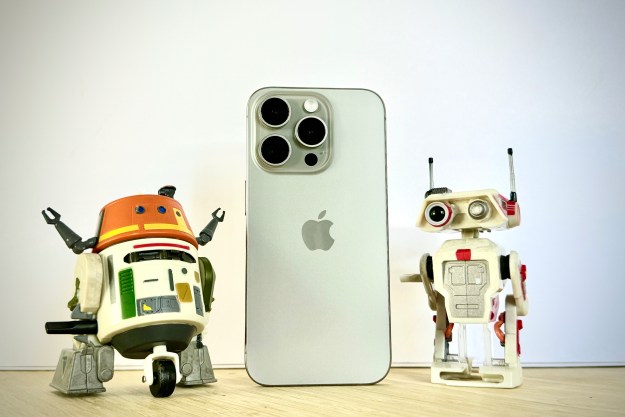
It can still be quite frustrating though, when you’re messaging someone at one stop, but suddenly lose all service and have to wait a while to resume your conversation, important or not. It’s why New York Governor Andrew Cuomo has been pushing to get free Wi-Fi throughout all the 277 underground subway stations by the end of 2016.
While you’re waiting for that, check out a new iOS app called Subspotting for some peace of mind. It won’t magically help you get service, but it does note which stops have service or Wi-Fi available in an aesthetically pleasing format.

The Subspotting team, consisting of Daniel Goddemeyer and Dominikus Baur, traveled across the entire subway system — that’s 21 train lines, 469 stations, 660 miles, in the span of two weeks. Goddemeyer used a data logger on four iPhones, each representing one of the four major carriers — AT&T, Verizon, Sprint, and T-Mobile. The result? Goddemeyer and Baur pooled the data together into an app.
The app, which is officially licensed by the MTA, shows data on where you can get cell service and Wi-Fi access throughout the subway system in New York City. For example, there’s a dark spot on the 2 train for nearly all carriers from Wall Street to Borough Hall.
That’s all the 99-cent, iOS-only app does — which means Governor Cuomo’s wish for Wi-Fi throughout the subway by the end of this year would make this app pretty useless, though we’ll have to see if it stays on schedule.
Editors' Recommendations
- Watch these eVTOL aircraft take to NYC skies in glimpse of the future
- NYC is hiring out-of-work rideshare drivers to perform essential services
- Apple Pay, Google Pay will work with MTA’s tap-and-pay system for NYC transit


